What is the Most Reliable Classic Car? (10 Dependable Classics That Won't Let You Down)

Adam Chinn
Founder, The Car Investor
The stereotype of unreliable classic cars breaking down constantly exists for good reason—many older vehicles were built with different priorities and tolerances than today's cars.
However, certain classics have proven themselves exceptionally reliable over decades of real-world use, offering the joy of vintage motoring without the frustration of constant mechanical issues.
Our top pick for most reliable classic car is the Mazda MX-5 (Miata), followed closely by the Mercedes-Benz W123 and Porsche 944.
These vehicles combine robust engineering with accessible maintenance and parts availability, creating ownership experiences that often prove more dependable than many modern cars.
What Makes a Classic Car Reliable?
Reliability in classic cars stems from several key factors:
Simple, proven engineering often outperforms complex modern systems. Cars built with straightforward mechanical components and minimal electronics tend to be more predictable and easier to diagnose when issues arise.
Quality of original construction determines long-term durability. Vehicles from manufacturers with reputations for robust engineering typically maintain that reliability across decades.
Parts availability enables proper maintenance. Cars with strong enthusiast communities and ongoing parts support can be maintained to original specifications more easily.
Community knowledge provides maintenance wisdom accumulated over decades of ownership. Well-documented cars with active owner communities benefit from shared experience about common issues and solutions.
The Most Reliable Classic Cars
Advertisement
1. Mazda MX-5 (Miata) NA - The Ultimate Reliable Sports Car
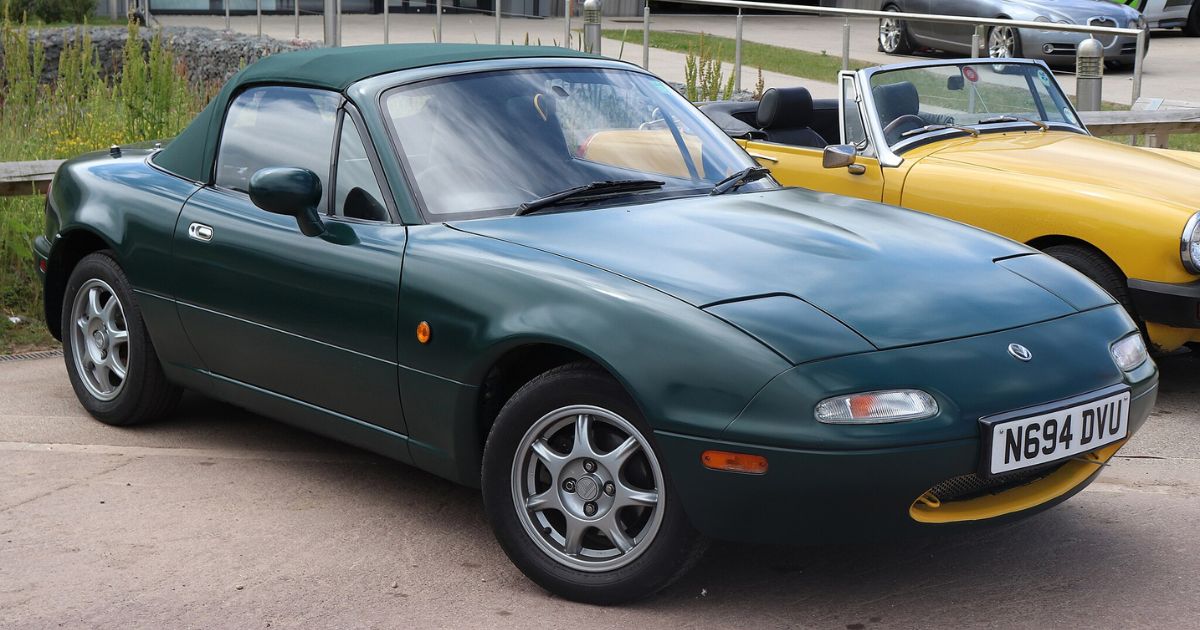
Why it's so reliable: The original MX-5 represents the pinnacle of Japanese reliability engineering applied to sports car design.
Mazda's commitment to simplicity and durability created a car that captures classic roadster character while delivering modern dependability.
The engineering excellence lies in straightforward systems: naturally aspirated engines that love to rev, simple suspension geometry, and minimal electronics.
This mechanical simplicity means fewer components to fail and easier diagnosis when maintenance is required.
Real-world performance: Our own experience confirms the MX-5's reputation. After years of regular use, mechanical issues have been virtually nonexistent beyond routine maintenance.
The primary concern remains rust prevention, particularly around wheel arches, but this affects bodywork rather than mechanical reliability.
Why it works as a daily driver: The MX-5's reliability stems from its Honda Civic-like engineering philosophy applied to sports car packaging.
Regular use actually benefits these cars, keeping seals and moving parts properly lubricated and exercised.
2. Mercedes-Benz W123 - The Reliability Benchmark
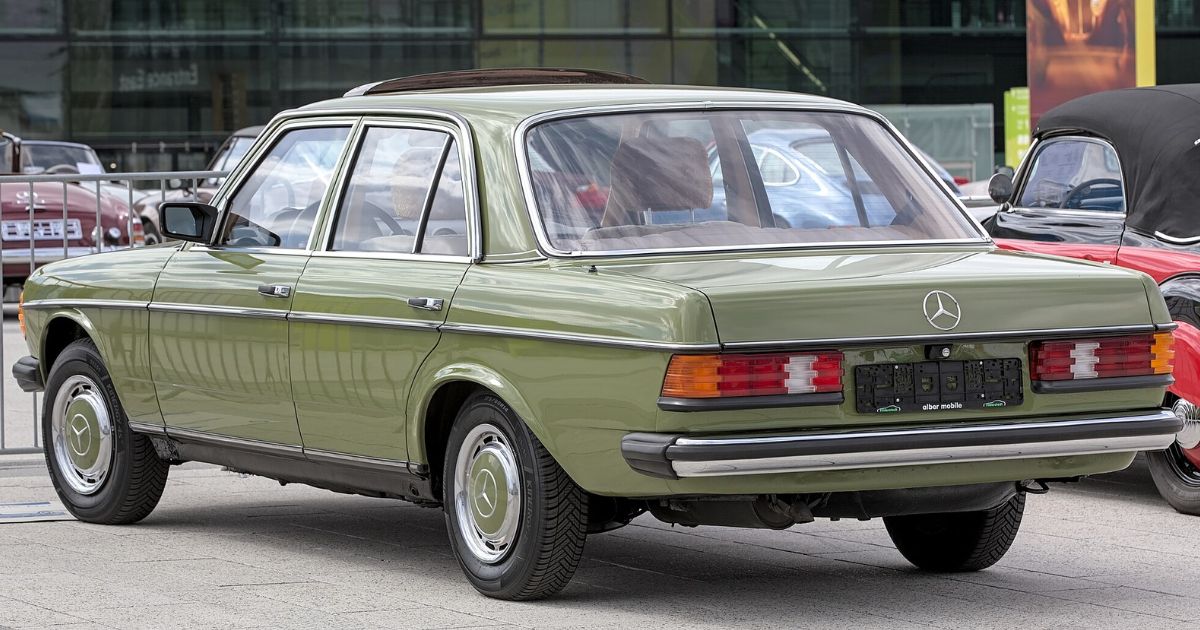
The W123 earned its reputation as potentially the most reliable sedan ever built through Mercedes' exhaustive testing regimen and commitment to over-engineering every component.
This is the car that established Mercedes' reputation for building vehicles that run forever.
Engineering philosophy: Every component was tested to destruction before approval, creating systems with massive safety margins. The result is a car where half-million-mile examples remain relatively common, often with only basic maintenance.
Why it's still relevant: Over 45 years after introduction, W123s continue demonstrating their durability. The mechanical simplicity of pre-electronic Mercedes engineering, combined with exceptional build quality, creates ownership experiences that often surpass modern luxury cars.
Maintenance reality: While parts costs reflect Mercedes pricing, the frequency of repairs remains remarkably low. Basic maintenance keeps these cars running indefinitely, making them excellent candidates for daily classic car use.
3. Porsche 944 - The Reliable Sports Car Surprise
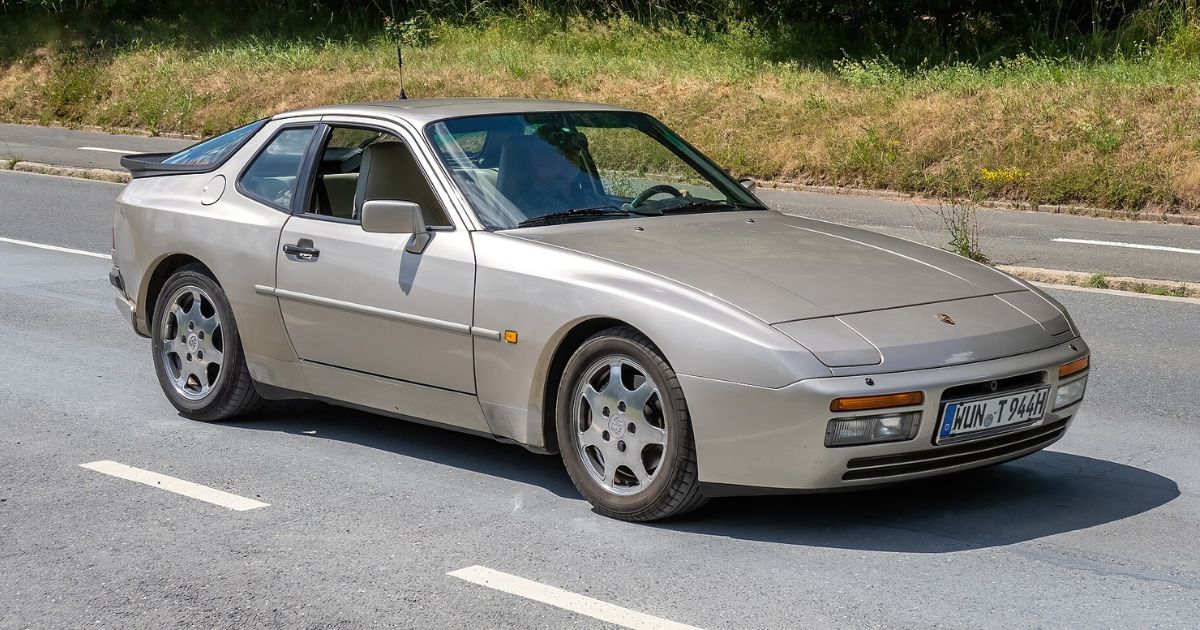
Despite initial skepticism from Porsche purists, the 944 has proven itself one of the most dependable sports cars ever built.
The combination of Porsche engineering standards with more accessible maintenance requirements creates exceptional ownership experiences.
Why it works: The 944's reliability stems from Porsche's racing-derived engineering philosophy applied to a more mainstream platform.
Components were built to withstand track use, providing enormous durability margins for street driving.
Real-world evidence: The abundance of high-mileage 944s - many exceeding 200,000 miles - demonstrates their fundamental robustness.
Owners consistently report that basic maintenance and rust prevention keep these cars running indefinitely.
Daily driver potential: Modern enough to provide contemporary comfort levels while simple enough for straightforward maintenance, the 944 offers genuine Porsche experience without supercar maintenance headaches.
4. BMW E30 3 Series - German Engineering at Its Best
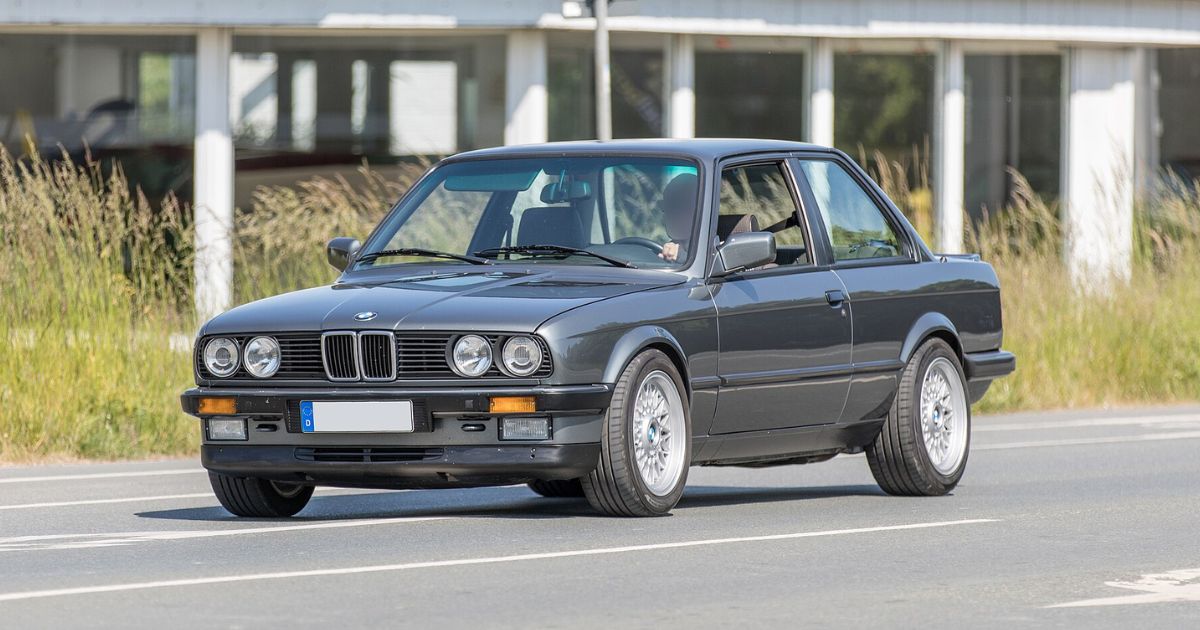
The E30 represents BMW during their peak engineering period, before electronics complexity increased maintenance challenges.
These cars demonstrate that German reliability can be both sophisticated and dependable.
Engineering advantages: Simple, robust drivetrains combined with excellent chassis engineering create cars that respond well to maintenance while tolerating minor neglect better than many contemporaries.
Owner experience: E30 enthusiasts consistently report that well-maintained examples can serve as reliable daily drivers. The key lies in buying quality examples and staying ahead of maintenance schedules.
Practical considerations: While BMW parts carry premium pricing, the E30's mechanical accessibility allows capable owners to perform much maintenance themselves, controlling costs while ensuring proper care.
5. Volkswagen Beetle - Simplicity Perfected
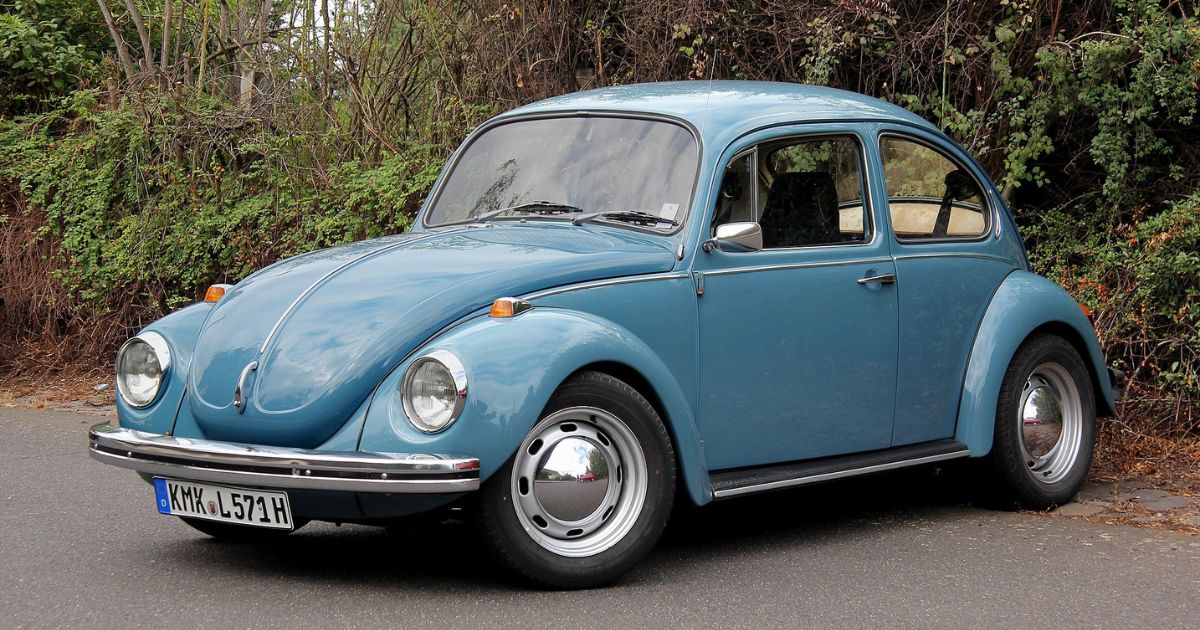
The Beetle's reliability stems from its agricultural simplicity and decades of refinement. Designed for post-war Germany's challenging conditions, it prioritizes dependability over sophistication.
Why it endures: Air-cooled engines eliminate cooling system complexity, while simple mechanical systems ensure that breakdowns rarely leave drivers stranded. Basic tools and knowledge can address most issues.
Global testament: The fact that Beetles remain daily transportation in many parts of the world decades after production ended demonstrates their fundamental reliability. Parts availability remains excellent worldwide.
Modern relevance: While lacking contemporary comfort and safety features, well-maintained Beetles offer charm and dependability that few modern cars can match.
6. Datsun 240Z - Japanese Sports Car Reliability
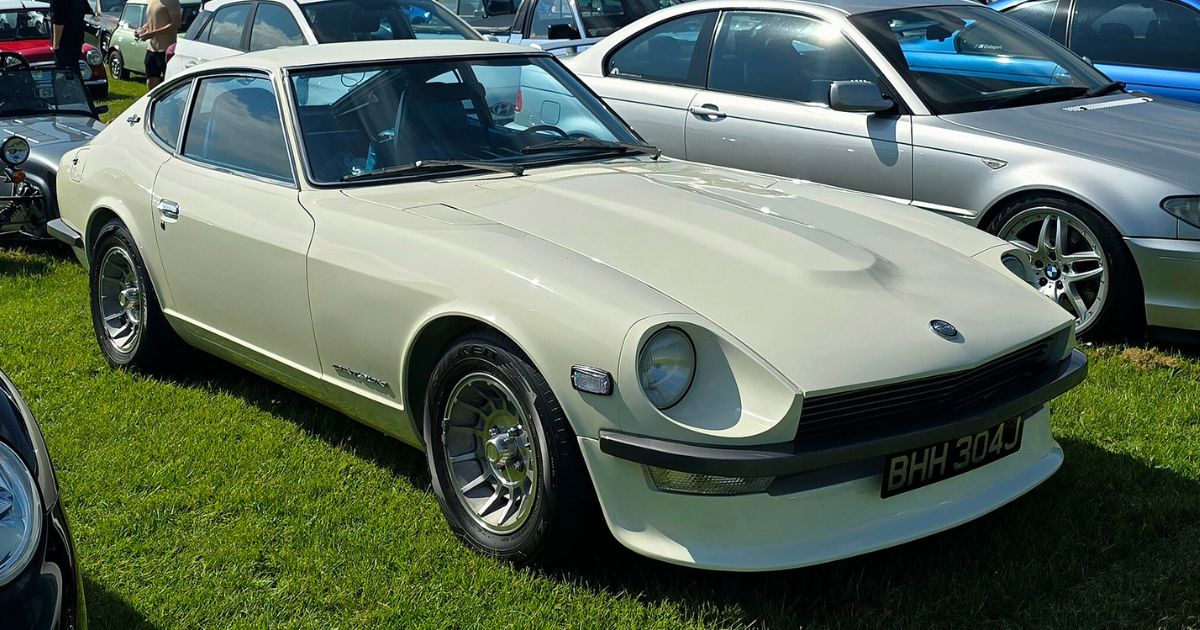
The 240Z proved that Japanese manufacturers could build reliable sports cars without sacrificing performance or character.
This combination of attributes created one of the most successful sports cars in history.
Engineering success: Simple, robust inline-six engines paired with straightforward fuel injection and chassis systems created a car that responds well to maintenance while tolerating spirited use.
Enthusiast support: Strong community knowledge and parts availability mean that 240Z maintenance can be performed by dedicated owners, controlling costs while ensuring proper care.
Daily driver reality: While not as refined as modern cars, well-maintained 240Zs can serve as regular transportation for enthusiasts willing to accept their vintage character.
7. Porsche 911 - Supercar Reliability

The 911's reputation as the most reliable supercar isn't accidental—it reflects Porsche's commitment to building cars that can be driven daily regardless of performance level.
Why it works: Decades of evolutionary development created systems that balance performance with dependability. The air-cooled era (through 1998) offers particular reliability advantages through mechanical simplicity.
Real-world performance: 911s from 1984 onward benefit from improved manufacturing quality while maintaining the fundamental reliability that makes them suitable for regular use.
Investment consideration: The combination of reliability, performance, and appreciation potential makes 911s unique among supercars for their practical ownership characteristics.
8. Volvo P1800 - Beautiful and Bulletproof
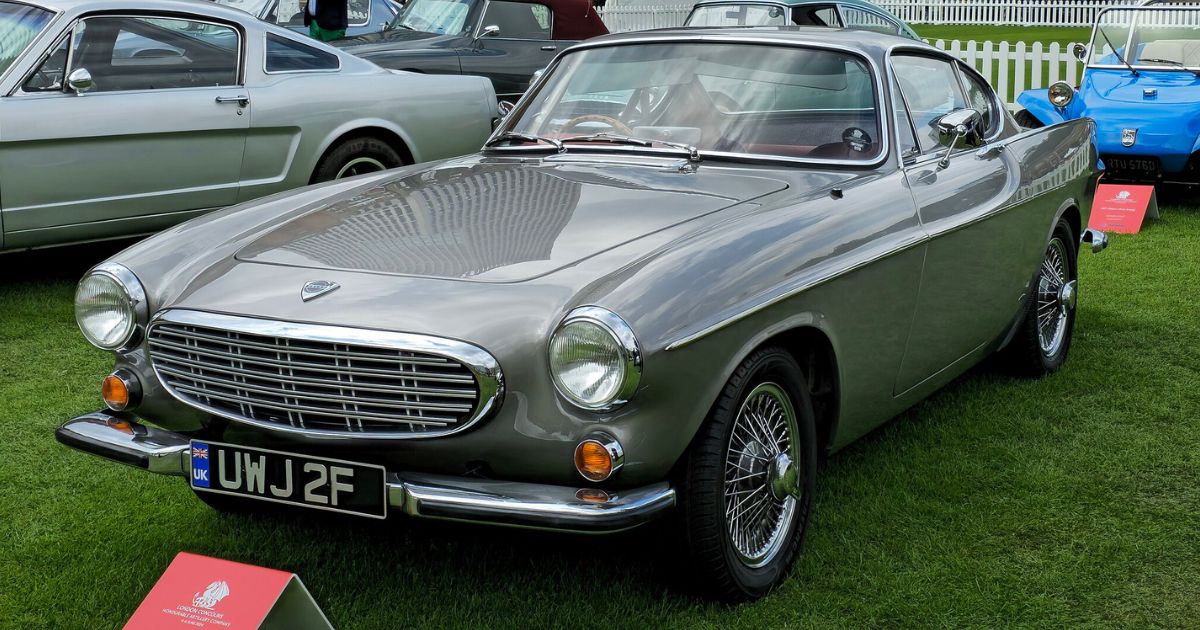
The P1800 combines Volvo's legendary reliability with stunning aesthetics, creating one of the most dependable classic sports cars available.
Record-setting durability: The Guinness World Record holder for highest mileage (3.2 million miles) proves the P1800's exceptional engineering. This isn't just marketing - it's documented reality.
Why it endures: Conservative engineering with robust components creates cars that respond well to maintenance while tolerating extended use better than most contemporaries.
Modern appreciation: As values rise due to aesthetic recognition, the P1800's reliability makes it an excellent choice for buyers seeking both investment potential and usability.
9. Saab 900 Turbo - Swedish Reliability with Character
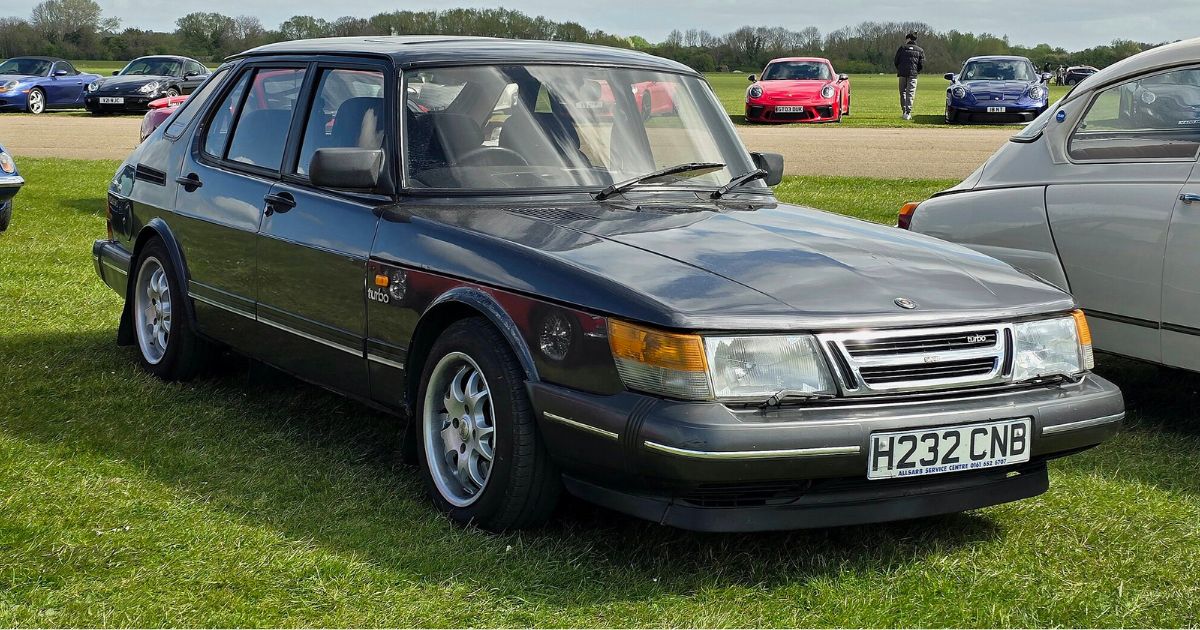
Despite Saab's demise, the 900 Turbo's reputation for reliability remains well-deserved. These cars demonstrate that unique engineering approaches can deliver both character and dependability.
Engineering philosophy: Saab's aircraft heritage influenced their approach to redundancy and robust construction, creating cars built to withstand harsh Scandinavian conditions.
Turbo reliability: Contrary to expectations, the turbocharged 900 proves as reliable as naturally aspirated variants when properly maintained, demonstrating Saab's engineering competence.
Enthusiast support: Strong specialist networks ensure that parts and knowledge remain available for committed owners.
10. Toyota MR2 - Mid-Engine Reliability
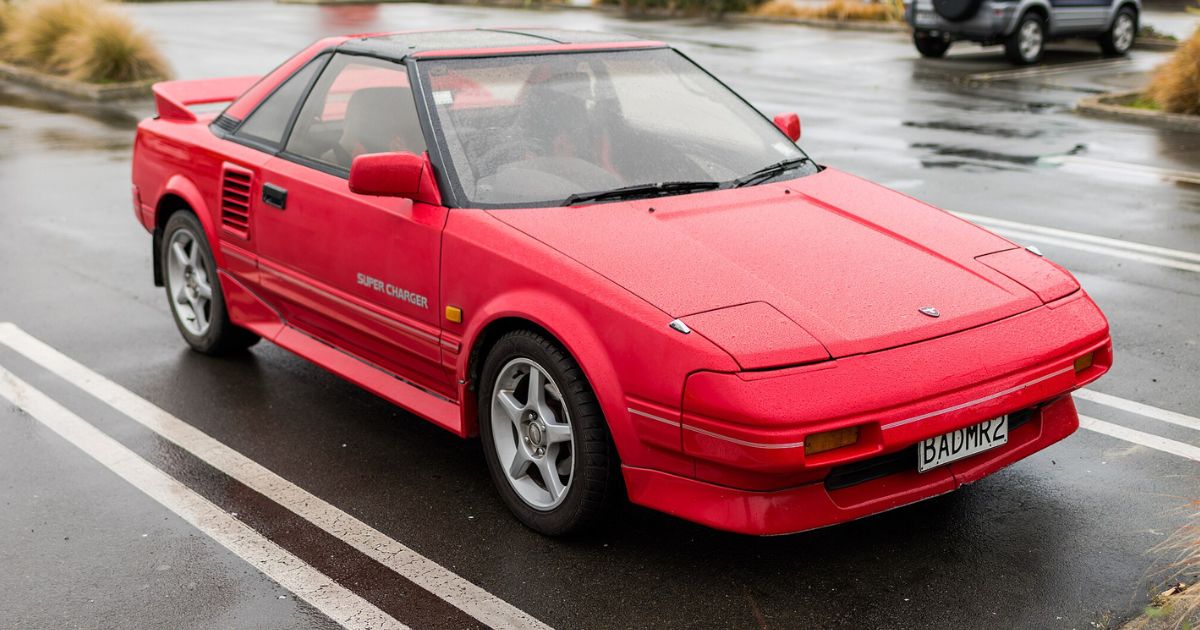
The MR2 proves that exotic layouts don't require exotic maintenance when executed properly. Toyota's reliability philosophy applied to mid-engine sports car packaging creates exceptional ownership experiences.
Why it works: Toyota's legendary reliability extends to their sports cars, with the MR2 demonstrating that dependable daily transportation can include mid-engine thrills.
Generational consistency: All MR2 generations maintain Toyota's reliability standards while offering different characters, providing options for various preferences and budgets.
Daily driver reality: The MR2's combination of reliability, fuel efficiency, and driving excitement makes it one of the few classic sports cars truly suitable for everyday use.
Keys to Classic Car Reliability
Regardless of model choice, certain principles maximize reliability:
Buy the best example available rather than the cheapest. Deferred maintenance costs more than higher purchase prices in most cases.
Establish maintenance schedules appropriate for the vehicle's age and usage. Classic cars often require more frequent service than their original specifications suggested.
Build relationships with specialists who understand your specific model's requirements and common issues.
Address rust immediately before it compromises structural integrity or mechanical components.
Keep cars exercised through regular use rather than extended storage, which often creates more problems than it prevents.
The Verdict: Reliable Classic Motoring is Possible
Advertisement
Classic car reliability isn't an oxymoron when the right vehicles are chosen and properly maintained. The cars on this list have proven themselves through decades of real-world use, offering vintage character without constant mechanical drama.
The Mazda MX-5 tops our list because it combines sports car excitement with Japanese reliability in a package that truly can serve as daily transportation. However, each vehicle offers unique advantages for different priorities and preferences.
Success requires choosing vehicles with proven track records, maintaining them properly, and accepting that classic motoring involves different compromises than modern car ownership.
Done correctly, reliable classic car ownership provides driving experiences and satisfaction that modern vehicles simply cannot match.
Reliability tip: Remember that "reliable" doesn't mean "maintenance-free." These classics earn their dependable reputations through proper care, quality parts, and owners who understand their unique requirements.
Invest in the best example you can afford and maintain it properly - the reward is classic motoring without constant worry.

About the Author
Adam Chinn is the founder of The Car Investor, combining his passion for classic cars with data-driven investment strategies to help collectors maximize their returns.
View all articles →Related Articles

How to Learn to Work on Cars: 8 Simple Steps
Plenty of people dream of being able to fix their own car. There’s something about the inner-workings of a vehicle that just fascinates people. Learning to work on your own car can be a great way to save money, and it can also be a fun hobby.

Is Driving Fast Bad For Your Car?
Driving fast is bad for the engine, drivetrain, suspension and various other components of a car as it causes them to wear more quickly. However, modern cars are built to tolerate speeds much higher than are legal on any public road.

Are Jaguars Good Cars? (And Are They Worth The Money?)
Jaguars are some of the most exceptional high-quality cars around. Their reputation for reliability is improving, their looks are magnificent, and their performance is sublime. Jaguar has a long history of producing great cars, and is continuing to innovate as we move into the electric vehicle era.
Advertisement